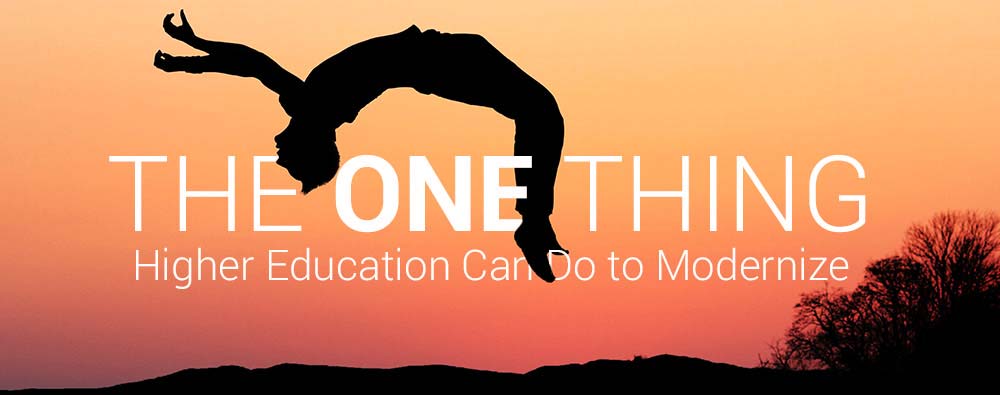LMD’s research for higher education clients tells us adult learners value hybrid learning options. They’re burned out from the “page turning” e-learning programs they started using in the late 1990s and know that, in the digital information age, basic knowledge is easy to obtain from Google, TED talks, YouTube, and Massive Open Online Courses (MOOCs).
Collaboration, engagement, and the application of skills become more valuable once you’ve established a foundation of basic knowledge. So it makes sense that the modern-day learner wants to learn fundamentals on their own time using online learning at home in their bunny slippers—and they value the time spent on campus or in a traditional environment for learning more complex concepts with colleagues.
Enter “flipped learning.” Flipped learning is an approach in which direct instruction (i.e. a lecture) occurs outside the classroom, and classroom time is used for dynamic and interactive learning where the instructor guides the students in the application of concepts.
Flipped learning is not a new concept. Sal Khan’s 2011 TED Talk gave the topic broader exposure as he shared his experience launching the Khan Academy, which features self-paced video lectures. Today the Khan Academy is a not-for-profit organization that provides free online learning to 15 million people a month. Why sit in a lecture, when you can get the same information for free online?
Flipped learning works for any learner at any age. It’s gotten more traction in secondary schools than in higher education, but higher education institutions would do well to offer flipped learning opportunities to attract adult learners. If implemented correctly, flipped learning can ensure that higher education institutions remain the epicenter of our communities, as the campus becomes the place for networking, ideation, and collaboration. In the flipped classroom, the role of faculty shifts: they’re no longer viewed as a “sage on a stage,” but instead need to take on the role of a “guide on the side.” Facilitation skills become more important than ever.
As working professionals strive to stay current in a rapidly changing economy, flipped learning approaches offer higher education institutions the ability to serve adult learners differently and with more choice for how and where they want to learn.
